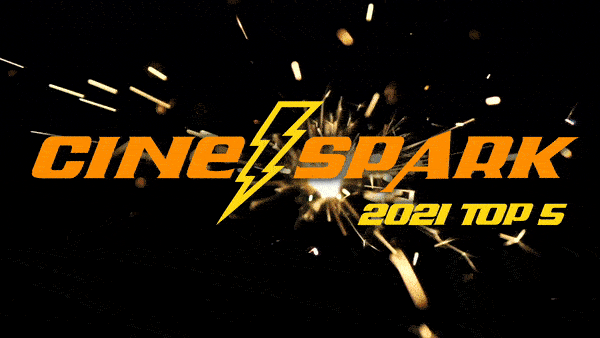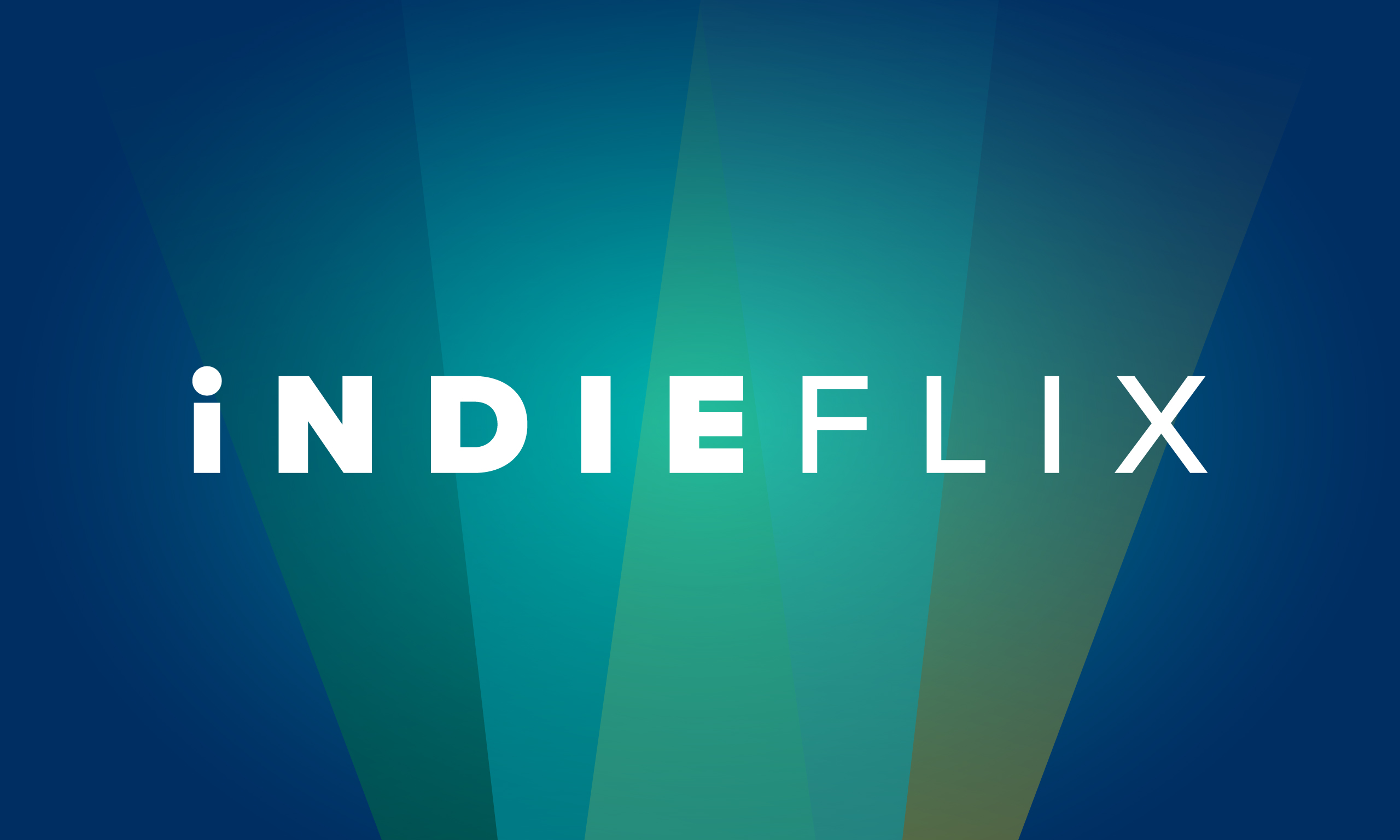Since 2017, CineVic, Victoria BC’s largest artist-run media centre, has been running the CineSpark competition. Watch the Top Five pitch live on Youtube tonight at 7 p.m. PDT.
The production prize awarded to the winner is substantial:
- $13,500 in-kind equipment rentals from CineVic
- $2,500 in-kind equipment rentals from William F. White
- $1,500 cash grant
- $100 Modo driving credits toward production van rental
- Production Insurance: 10 consecutive days of coverage ($195 value)
- One-year complimentary CineVic Production Membership ($220 value)
- Your film will premiere at the next Short Circuit Pacific Rim Film Festival!
There are two stages to the competition.
It all starts with a script. Submissions are judged blind and the Top Five are then invited to wrangle together a production team and pitch their project live to a jury of visiting filmmakers during CineVic’s Short Circuit Pacific Rim Film Festival. (Unfortunately, the pandemic has meant virtual pitches this year and last.)
First proposed by him as one way CineVic could step up the production value of at least one film by its members, Arnold Lim says:
“Island filmmakers may not have the same name recognition as those from service towns like Vancouver or Toronto, but I believe they are every bit as talented and deserve the opportunities that are more abundant in more established film hubs in Canada. That’s why talent-development programs like CineSpark are so critical. I am proud of CineVic and CineSpark for the opportunities they have provided to talented local Vancouver Island and Gulf Island filmmakers and their cast and crew who all deserve the chance to level up and show off their artistic vision.”
Producer member of a past winning team, Darlene Tait echoes this sentiment:
“Winning a CineSpark Pitch Competition is like a rallying cry to the local film community who love to work with or help out CineSpark winners. Having the winning pitch speaks to the possibilities that exist with the team and the script and it immediately levels up your game. It can be a serious launchpad if you do it right.”
One of tonight’s Top Five Pitchers, emerging filmmaker Suzanne Moreau comments on the experience so far:
“Thrilling. Then nerve wracking. Then encouraging. A little bit frustrating. Then confusing. Lastly inspiring. This cyclone of emotions resembles the grief cycle! But it’s actually been fun and a great way to discover and connect with many more local filmmakers than I would have otherwise. So I’m already benefitting and the win would be icing on the proverbial cake. It’s been a rush!”
Best of luck to all involved and, “Roll sound. Roll camera. Action!”
My take: even though only one team wins tonight, I can practically guarantee that more than one film will end up being created out of this year’s competition. I guess investing this much time and effort into pitching a project can’t help but solidify the desire to make the movie — and I know of at least two projects that resulted in better films than the official winner that year.





